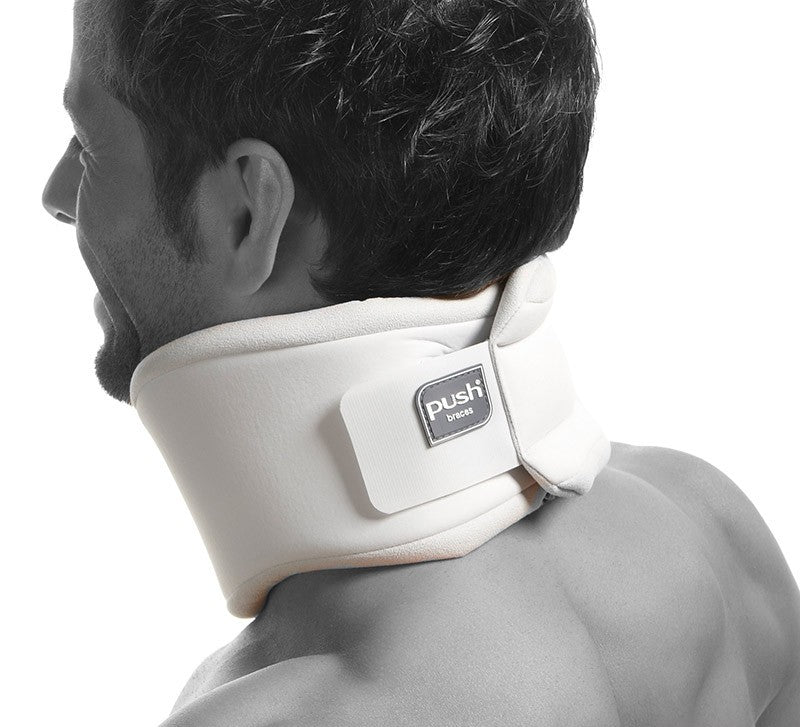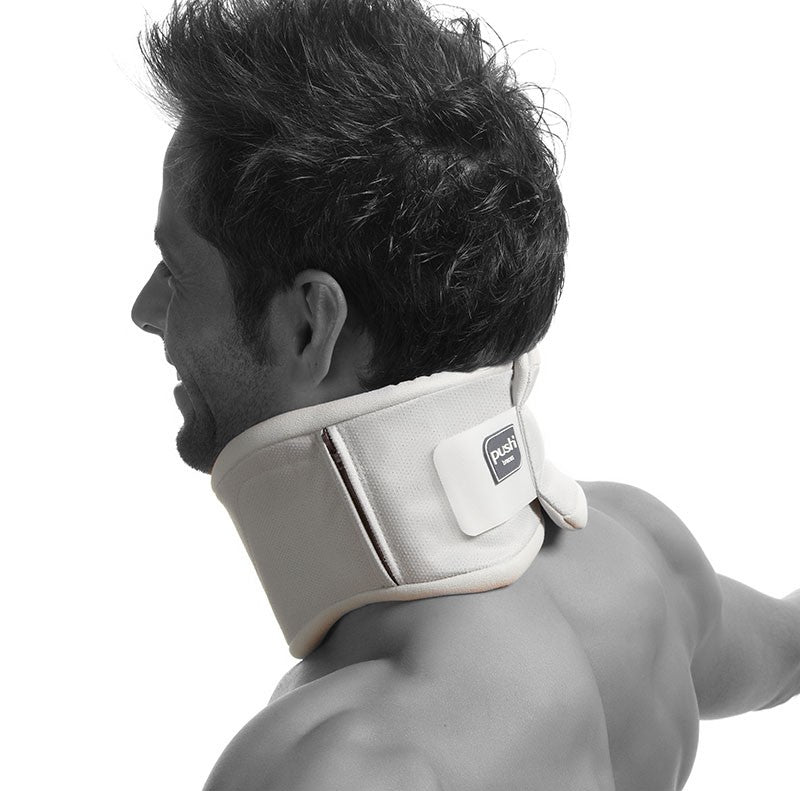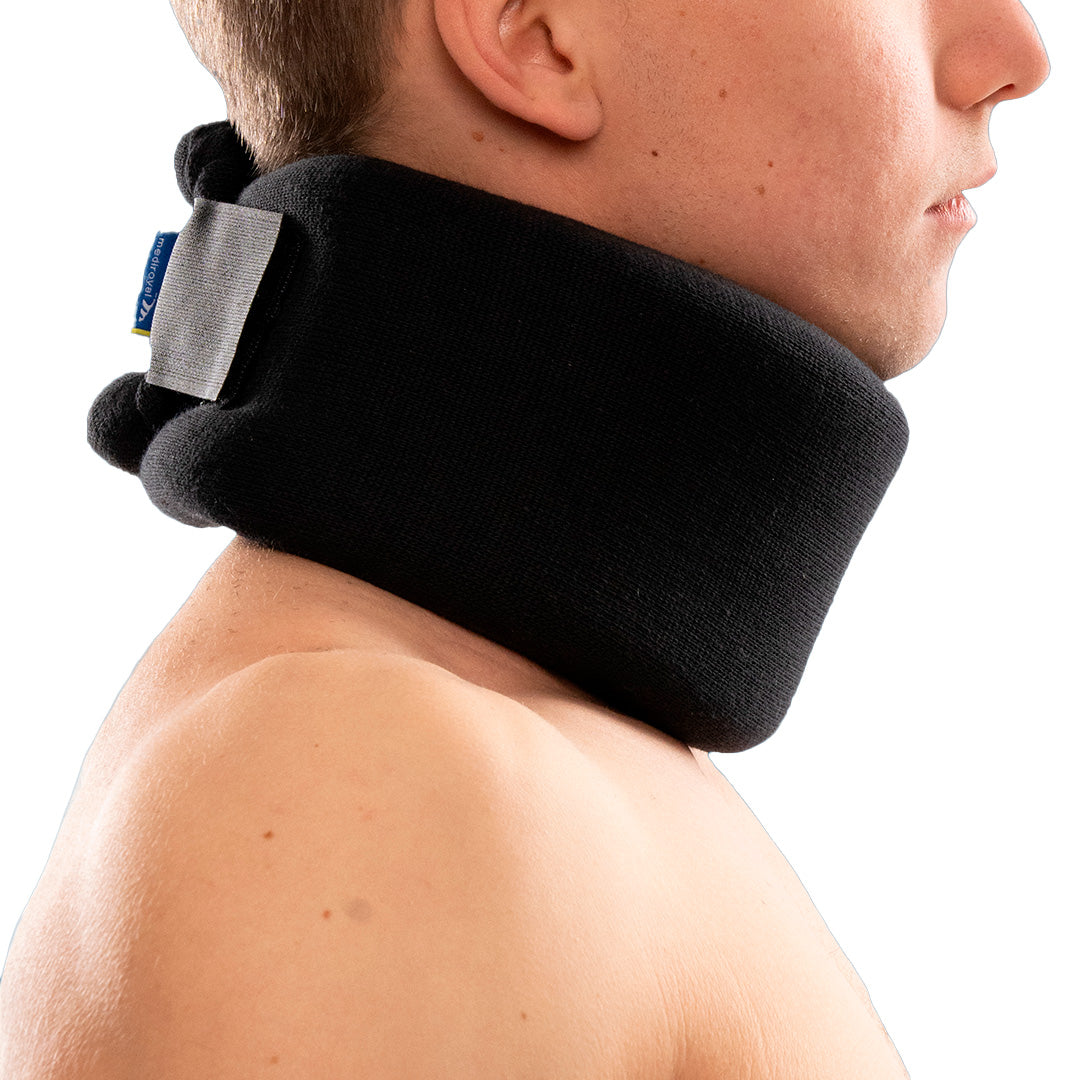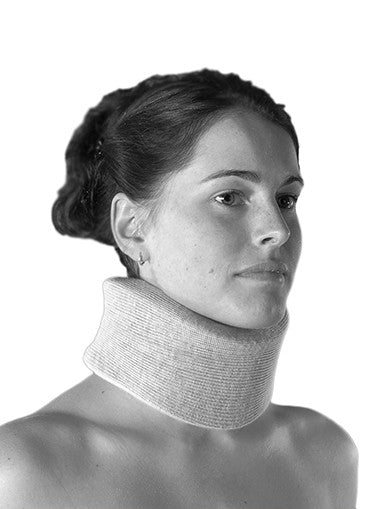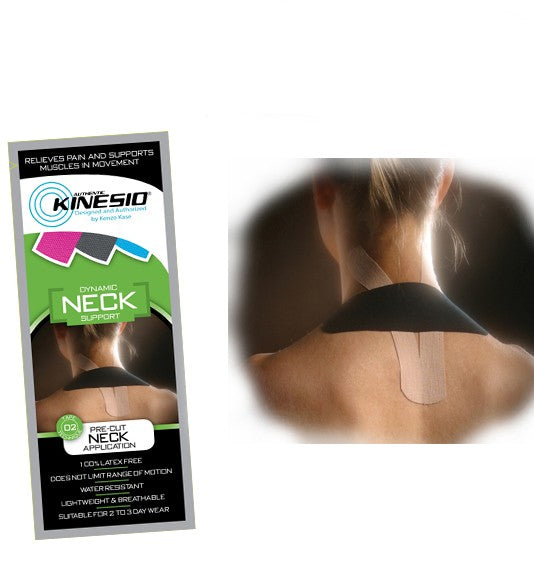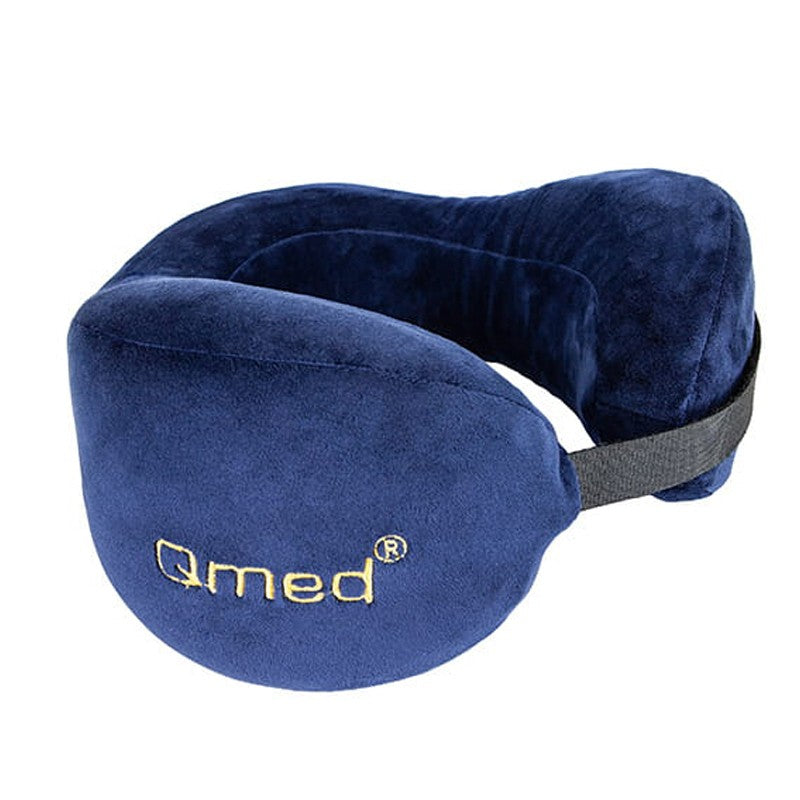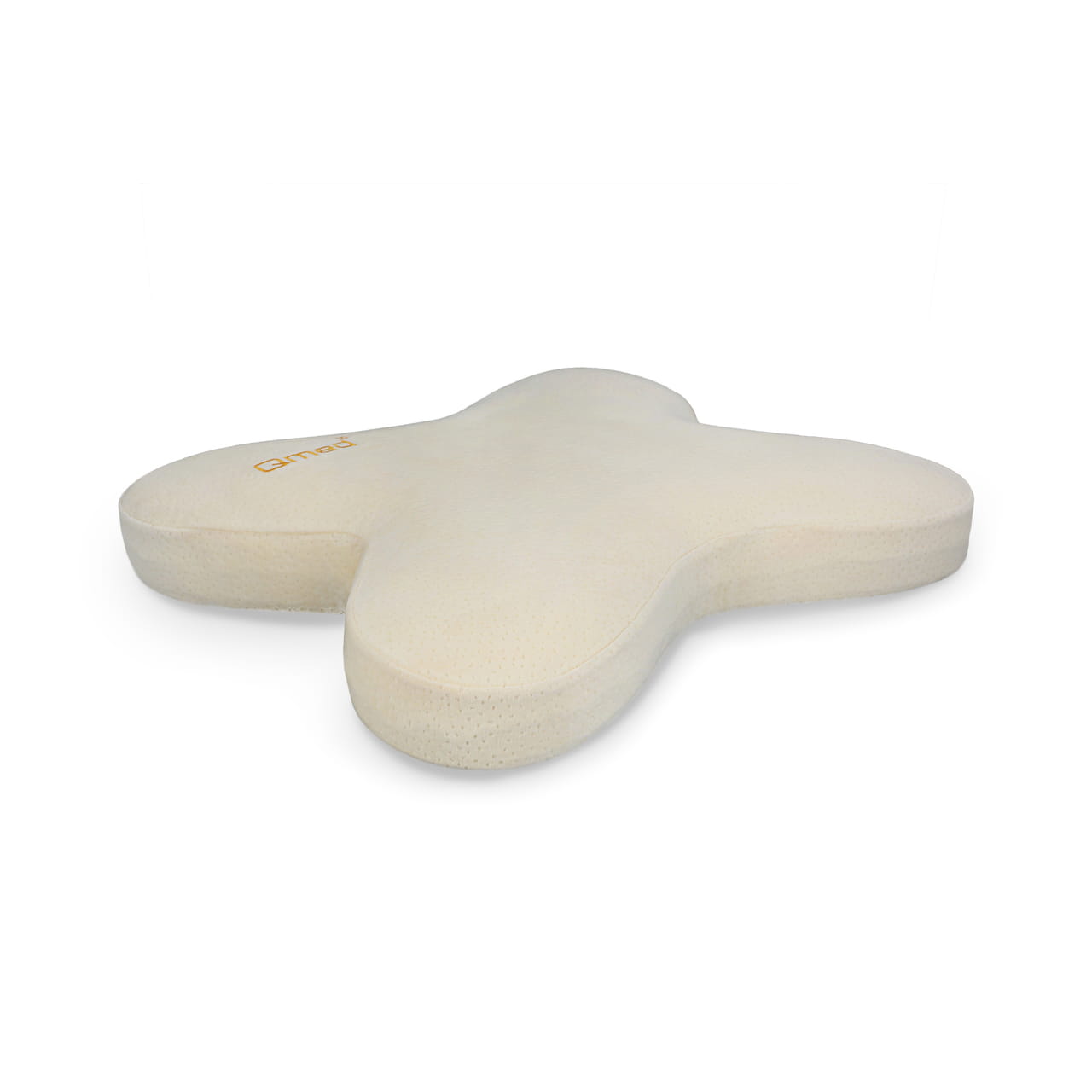Neck stiffness is a common problem in today's society, where sedentary work in front of the computer or long periods of time with smartphones are a contributing factor. Rapid movements, driving for long periods of time or an uncomfortable sleeping position can also trigger neck stiffness. The pain is caused by muscle spasms in the neck and leads to severe stiffness.
What is neck restraint?
Neck stiffness is an acute spasm of the neck muscles. The problems often occur suddenly and make it difficult to turn or bend the head. The pain is often felt mostly on one side, where a clear “trigger point” limits movement. Neck stiffness is uncomfortable but usually harmless and often goes away within a few days to a week.
Common causes & risk factors
Neck stiffness is often triggered by one-sided strain, static work in front of a computer or mobile phone, uncomfortable sleeping positions or rapid movements. Stress and tense shoulders can also contribute, as the muscles in the neck end up in a prolonged state of tension. The risk of recurring problems increases if working posture and movement patterns are not improved.
Symptom
- Stiffness in the neck, often clearly on one side
- Pain with movement, especially twisting or bending
- Tense posture with shoulders raised to avoid pain
-
Sometimes local tenderness or warmth in the muscles
When should you seek medical attention?
Contact healthcare if the neck stiffness does not improve within a week, if you experience numbness or weakness in your arms, or if the pain is very severe and affects your everyday life.
Recommended protection & support
A neck brace can help relax the muscles and relieve the pain of a stiff neck. The neck brace provides support, stability and local warmth over the problem area. Together with good posture, regular breaks and gentle movement exercises, it can help reduce the risk of recurring problems.

